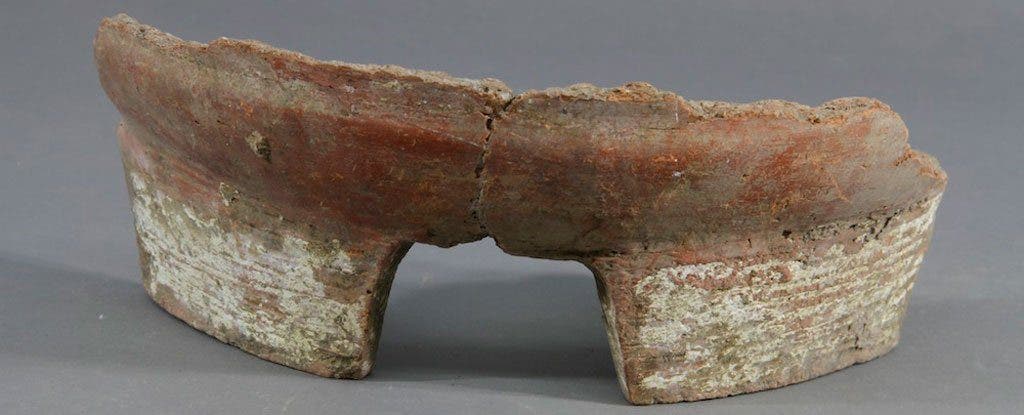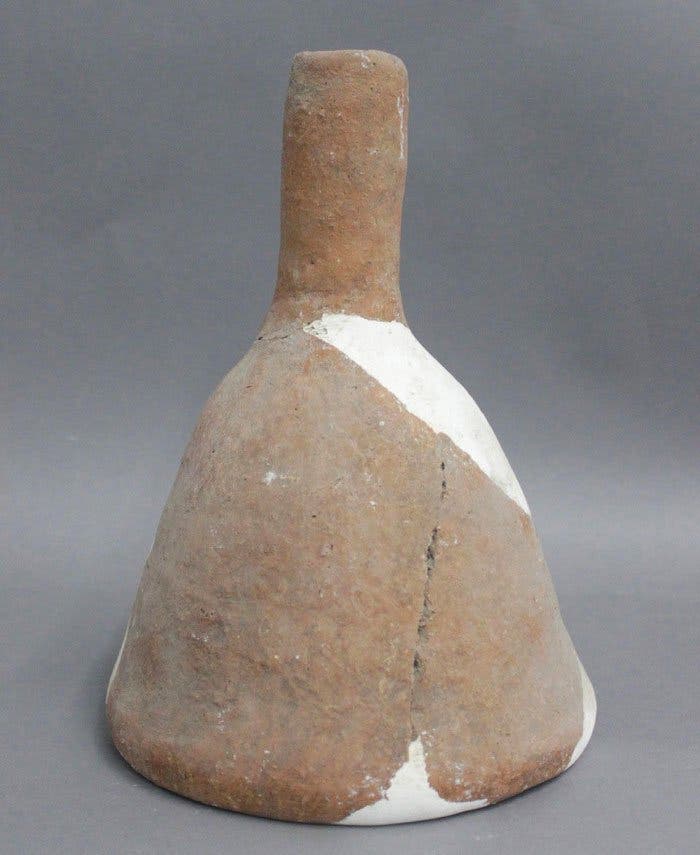Ancient Chinese villagers already mastered beer making more than 5,000 years ago, archaeologists found. The various pottery and tools found at the site in the Shaanxi province still contain residues of the ingredients used to make the beer, which is how the researchers knew these were used for beer in the first place. Remarkably, the findings suggest barley was introduced 1,000 years earlier in China than previously thought and that it might have been used for booze first, well before it was grown for food.

The history of beer in China begins 9,000 years ago. Archeological findings show that the Chinese brewed beer-like alcoholic beverages as far back as 7000 BC on small and individual scale made with rice, honey, and grape and hawthorn fruits. The production process was very similar to that employed by the Mesopotamians or Egyptians.
The ancient vessels found in the Mijiaya site in the Shaanxi province of China are the earliest beer-making tools found thus far, dating from between 3400 and 2900 BC.
Moreover, by analyzing the chemicals residues found in each pottery, the researchers were able to retrace the recipe used by the ancient Chinese brew-makers. The ingredients include broomcorn millet, Job’s tears, lily, yam, barley and even snake gourd root. Damage on starch grains suggests techniques familiar to modern brewers were used. These followed an age-long tested process: malting, mashing, fermentation.

This begs the question: how did this beer fare against the modern variety? One of the co-authors, Jiajing Wang, an archaeologist from Stanford University, said: “it would taste a bit sour and a bit sweet.” No one can know for certain, though, until the recipe is applied, preferably using the same technique and equipment available 5,000 years ago.

Perhaps, the most interesting finding was that the 5,000-years-old beer recipe used barley. Today, barley is very common all around China, but how it got there in the first place is still a mystery.
“Barley was one of the main ingredient[s] for beer brewing in other parts of the world, such as ancient Egypt. It is possible that when barley was introduced from Western Eurasia into the Central Plain of China, it came with the knowledge that the crop was a good ingredient for beer brewing. So it was not only the introduction of a new crop, but also the movement of knowledge associated with the crop,” Wang said.
“The discovery of barley is a surprise,” Wang told AFP. “This beer recipe indicates a mix of Chinese and Western traditions – barley from the West; millet, Job’s tears and tubers from China.”






